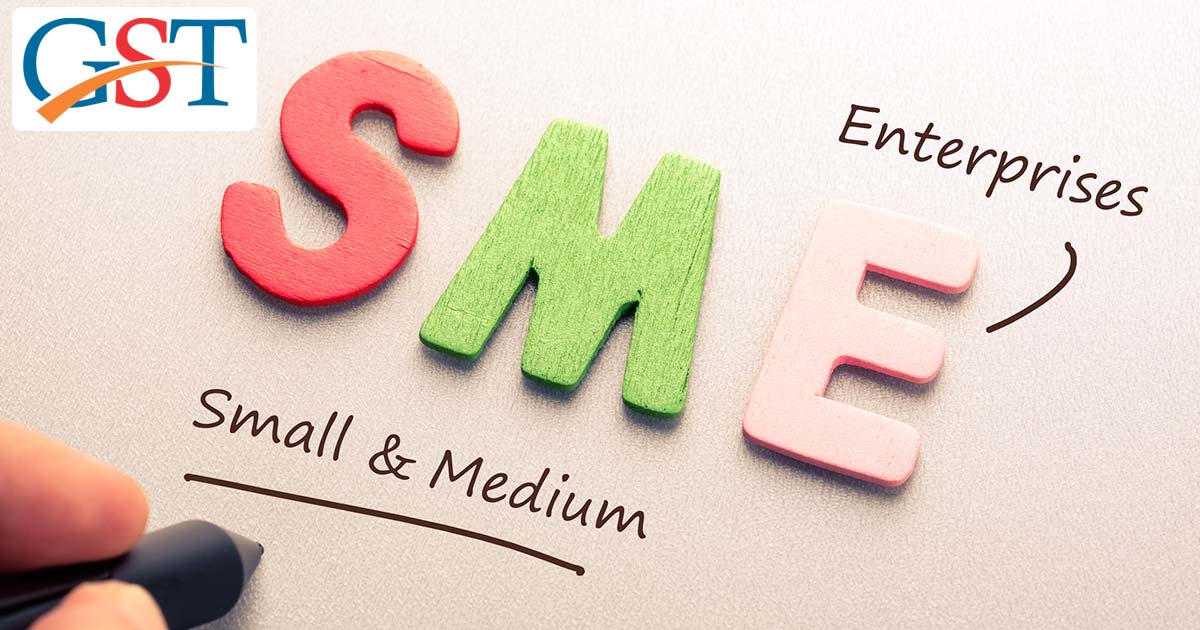The Goods and Services Tax (GST) was in impact from July 1, 2017 and replaced many different taxes and furthermore goes for rearranging the indirect taxation. The GST Council is working continuously in making the improvement on the module and simplifying the form for easy filing. While the efforts of the GST Council are admirable, there is still one important and irksome problem that needs to be solved as soon as possible to make sure that the GST rollout for the taxpayers is easy and beneficial, especially for those who are in small-medium enterprises sector.
One of the most important provisions in the GST law is that input tax credit is accessible to the purchaser just if the GST has been dispatched by the merchant to the Government. Along these lines, the Government is totally protected from any individual who gathers charge, however, neglects to transmit it.
Read Also: Impact of Goods and Services Tax on SMES, MSME and Startups
The reality of the matter is that there is a little minority of citizens who are keeping the government away from its lawful income. And to handle these problems caused by the small number of people, the Government is putting a huge burden on the whole taxpaying group.
Simply imagine a circumstance where a man goes to a Police Station to report about the burglary in his home and the police instruct him to get the guilty party and solve it manually or bear the loss.
There are many protections now in the system, like Aadhar, etc, which are used to make sure the people could not escape from the tax filing. Such inventions must be put to great use and give little and medium enterprises sector a simple and basic method for claiming what is legally theirs.
Effect of the Limitation:
1) A few new market practices will emerge. Some will decline to pay to the suppliers until the 30th of the following month, this will lead to the irregular increase in the working capital. While maybe some will refuse to pay the tax revenue, that leads to the multi-step transaction which will increase both the working capital need and the cost of business. And maybe some will ask for the bank guarantee to cover their possible risks and in all these cases, SMEs will have no other option but to agree to their such irrelevant demands.
Recommended: List of Goods and Services Not Eligible for Input Tax Credit
2) If the tax credit is not certain on the receipt of a valid GST invoice, then there is no other way left to either upload the invoice or accept them, since the credit is only given when the payment cycle is completed. This will be the risk for the business as it will slow down the process, making it difficult to find the new buyers and even to maintain the existing ones. There will be immense possibility of increasing the motivation of keeping more transactions outside the GST net, after all it will be “easier” to do those transactions and “more difficult” to do transaction under GST (as such transactions will have the long cycle of awaiting closure till the payment cycles of tax are completed by the supplier).
3) Small and Medium Enterprises may even end up paying the GST twice in the row. As first to the seller and then to the government, if the seller has not dispatched the GST he has collected to the administration.
